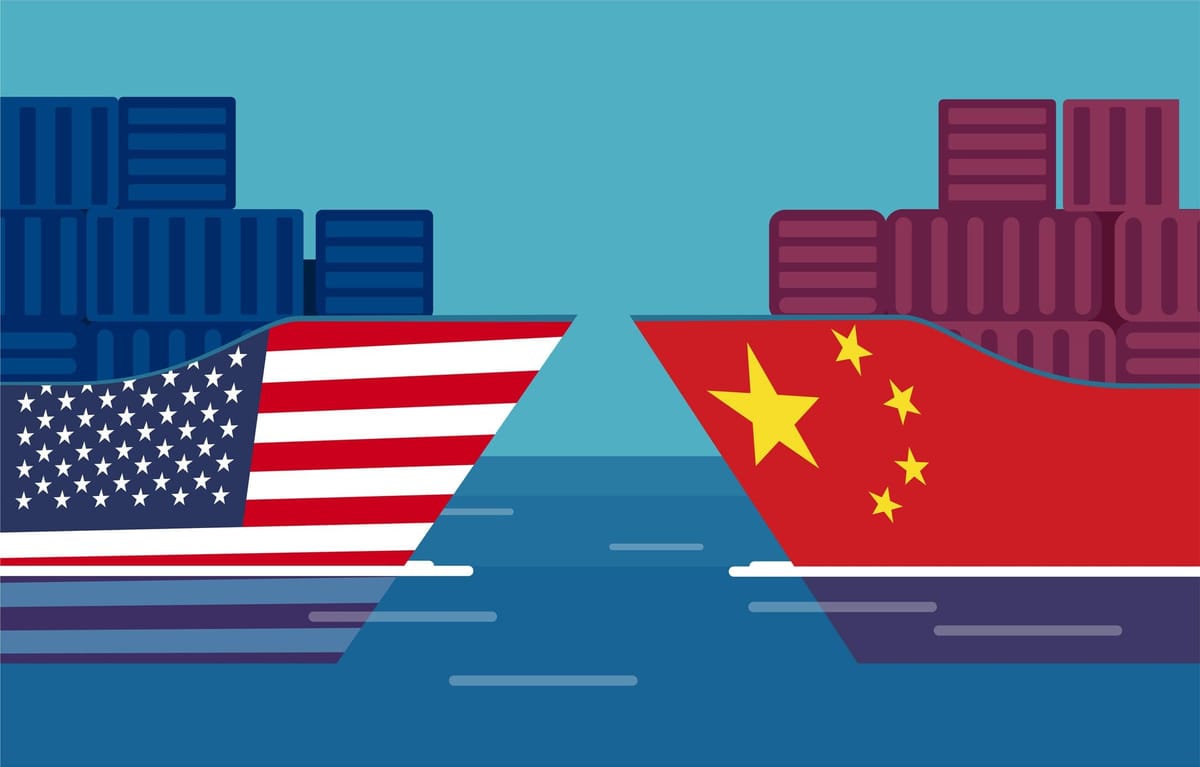U.S.-China Tariff Agreement Impacts Markets

On May 12, 2025, the United States and China reached a significant agreement to reduce tariffs for a 90-day period, aiming to ease ongoing trade tensions. The U.S. agreed to lower tariffs on Chinese goods from 145% to 30%, while China reciprocated by reducing tariffs on American products from 125% to 10%. These reductions, effective from May 14, are intended to provide a window for further negotiations toward a comprehensive trade deal.
The announcement had an immediate positive impact on financial markets. The Dow Jones Industrial Average surged by 1,160 points (2.8%), marking one of its largest single-day gains in recent years. Similarly, the S&P 500 and Nasdaq indices rose by 3.3% and 4.4%, respectively. Investors responded favorably to the prospect of reduced trade barriers, with significant gains observed in sectors such as technology and retail.
Despite the market optimism, economists caution that challenges remain. The effective tariff rates, even after reductions, are still historically high, which could continue to exert inflationary pressures and dampen economic growth. Analysts emphasize that while the 90-day reprieve is a positive step, a lasting resolution will require addressing deeper structural issues in U.S.-China trade relations.




